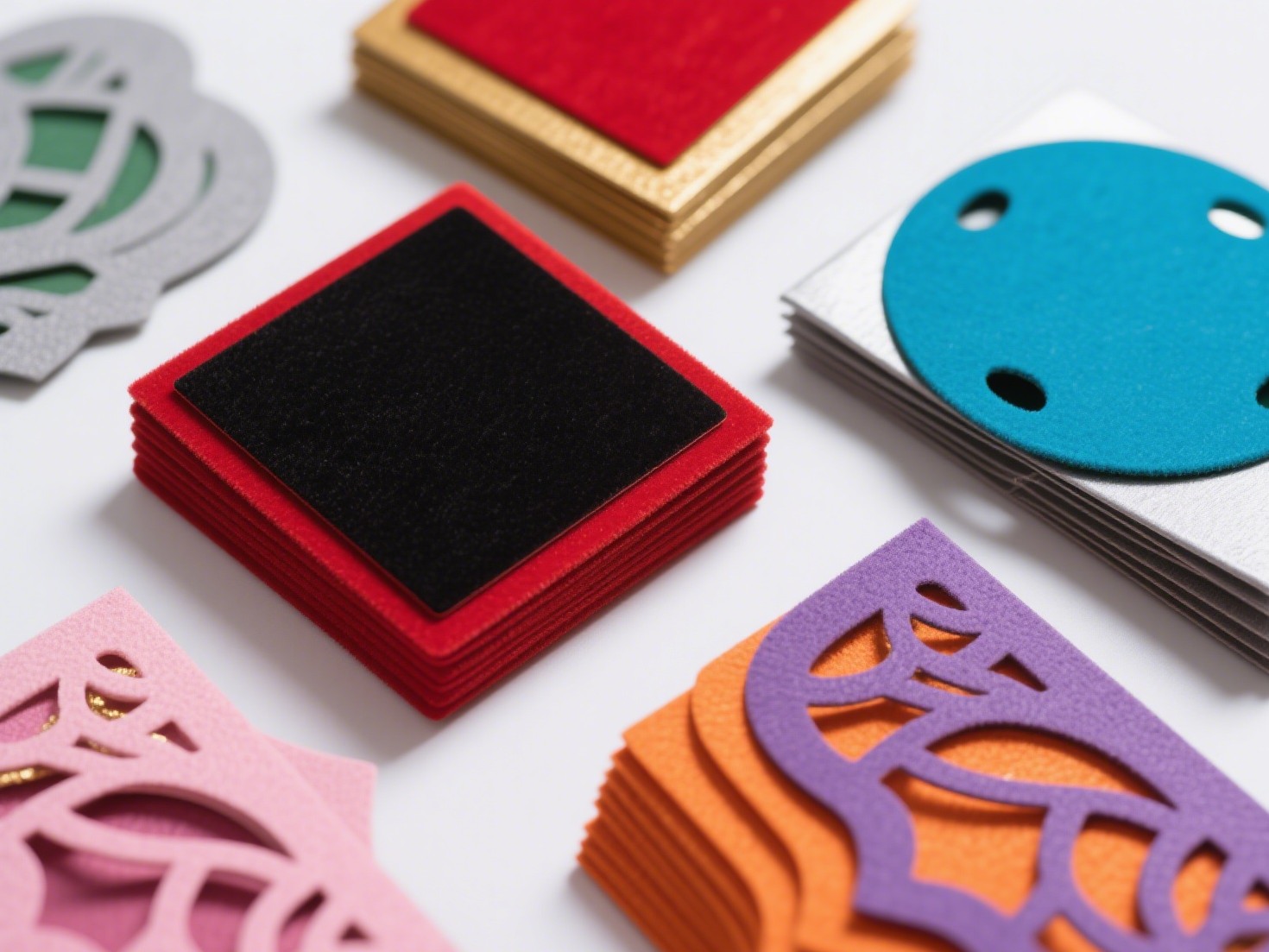In the realm of architecture, precision and clarity are paramount. Architectural blueprints serve as the foundational documents that guide the construction process, ensuring that every detail is meticulously planned and executed. As technology continues to evolve, the tools architects use to create and reproduce these critical documents have also advanced. Among these tools, printers play a vital role. This article delves into the types of printers commonly used for architectural blueprints, their features, and how to choose the right one for your needs.
Understanding the Importance of Blueprint Printing
Architectural blueprints are not merely drawings; they are comprehensive representations of a project that include plans, elevations, sections, and details. The accuracy of these documents can significantly impact the construction process, making the choice of printer crucial. A high-quality printer ensures that every line, dimension, and annotation is rendered with precision, allowing architects, engineers, and contractors to work from reliable information.
Types of Printers for Architectural Blueprints
When it comes to printing architectural blueprints, there are several types of printers to consider:
- Large Format Inkjet Printers:
- Overview: These printers are designed to handle large sheets of paper, typically ranging from 24 inches to 60 inches wide. They use inkjet technology, which allows for high-resolution prints with vibrant colors and fine details.
- Advantages: Large format inkjet printers are favored for their ability to produce detailed images and graphics, making them ideal for color-coded plans and presentations. They can print on various media, including bond paper, photo paper, and even canvas.
- Popular Models: Canon imagePROGRAF series and HP DesignJet series are among the top choices for architects.
- Plotters:
- Overview: Plotters are specialized printers that use pens or ink to create vector graphics. They are particularly effective for line drawings, which are common in architectural blueprints.
- Advantages: Plotters provide exceptional precision and are capable of producing large-scale prints without losing detail. They are often used for technical drawings and CAD outputs.
- Popular Models: The HP Plotter series is well-regarded in the industry for its reliability and quality.
- Laser Printers:
- Overview: While not as common for large-scale blueprints, laser printers can be used for smaller prints or black-and-white documents.
- Advantages: Laser printers are known for their speed and efficiency, making them suitable for quick prints of smaller drawings or revisions. They produce sharp text and lines, which can be beneficial for certain types of documentation.
- Popular Models: Brother and Xerox laser printers are often recommended for office use.
Key Features to Consider
When selecting a printer for architectural blueprints, several key features should be taken into account:
- Print Size: Ensure the printer can accommodate the dimensions of your blueprints. Large format printers are essential for full-scale plans.
- Resolution: Look for printers with high DPI (dots per inch) ratings to ensure crisp lines and detailed images. A resolution of at least 1200 x 1200 DPI is recommended for architectural work.
- Media Compatibility: Consider the types of media you will be printing on. Some printers offer versatility in terms of paper types, which can be beneficial for different project needs.
- Speed: Evaluate the printer's speed, especially if you frequently print large documents. A faster printer can significantly enhance workflow efficiency.
- Connectivity Options: Modern printers often come with various connectivity options, including USB, Ethernet, and wireless capabilities. This can facilitate easier printing from multiple devices.
Conclusion
Choosing the right printer for architectural blueprints is a critical decision that can influence the quality and efficiency of your work. Large format inkjet printers and plotters are typically the best options for producing high-quality, detailed prints, while laser printers can serve well for smaller documents. By considering factors such as print size, resolution, media compatibility, speed, and connectivity, architects can select a printer that meets their specific needs and enhances their workflow.



